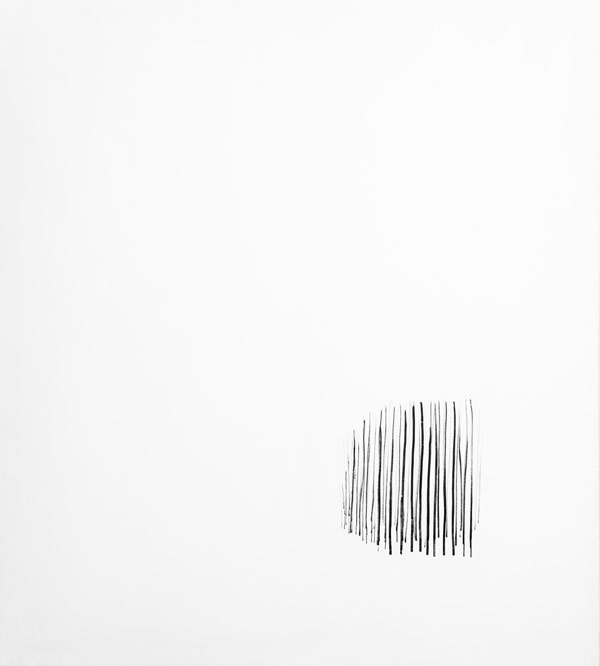Arturo Vermi
Arturo Vermi Bergamo, 1928-1988. His early works are influenced by the informal language, then very popular.
In 1961 in Milan he founded the Gruppo del Cenobio with Verga, Sordini, Ferrari, La Pietra, an important artistic group that delves deeper into sign, writing and gesture. His first diaries date back to this period. His search for the sign will then continue with the Presences and the Marines. A great protagonist of the lively cultural climate of the Brera district, Vermi also frequented the Botteghe di Sesto, another place of reference for the artistic avant-garde of the time.
In 1967 his friendship with Lucio Fontana was consolidated and Vermi deepened with him that concept of space which was then very important in his future research, when the cosmic dimension prevailed, in works such as the Platforms and 100,000,000 light years, the latter exhibited at the San Fermo Gallery in Milan in 1973. 1975, defined by Vermi as “Lilit” year, is of fundamental importance for the elaboration of his “proposal of happiness” expressed in the first issue of “Azzurro”, a magazine designed to contain only good news, which will see a second issue, distributed at the Venice Biennale in 1978. The “Disengagement Manifesto” dates back to the same period.
In those years he designed and engraved the Sequoias, a sort of tables of commandments. During a trip to Egypt with Antonio Paradiso and Nanda Vigo, he symbolically returned his tables on Mount Sinai to Moses. In the following years the talks and the Moon-Earth-Sun cycle were born, which pushed the artist to get closer to figuration.
His pursuit of happiness led him to identify one of the main causes of humanity’s ills in the clock. He therefore designs The Watch, a “more human time meter” which is based on the passing of the seasons, but also proposes reflections, still sadly current and significantly ahead of its time.


